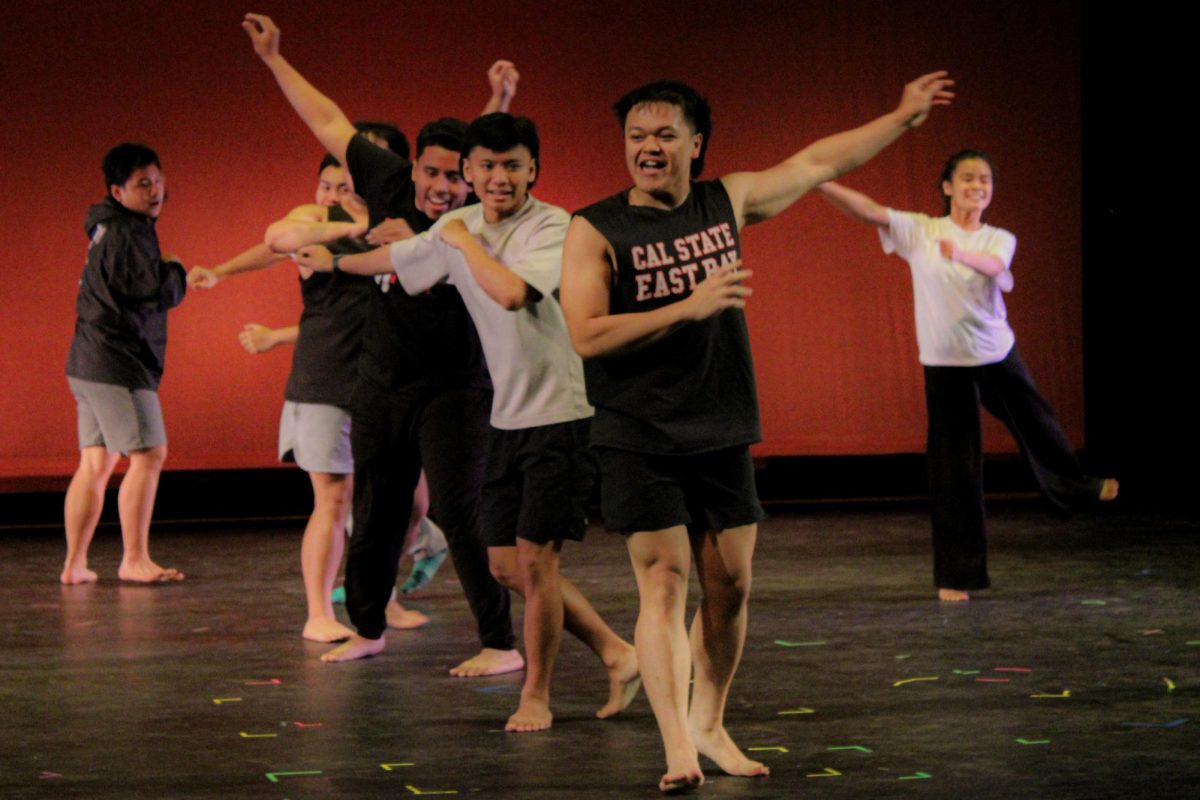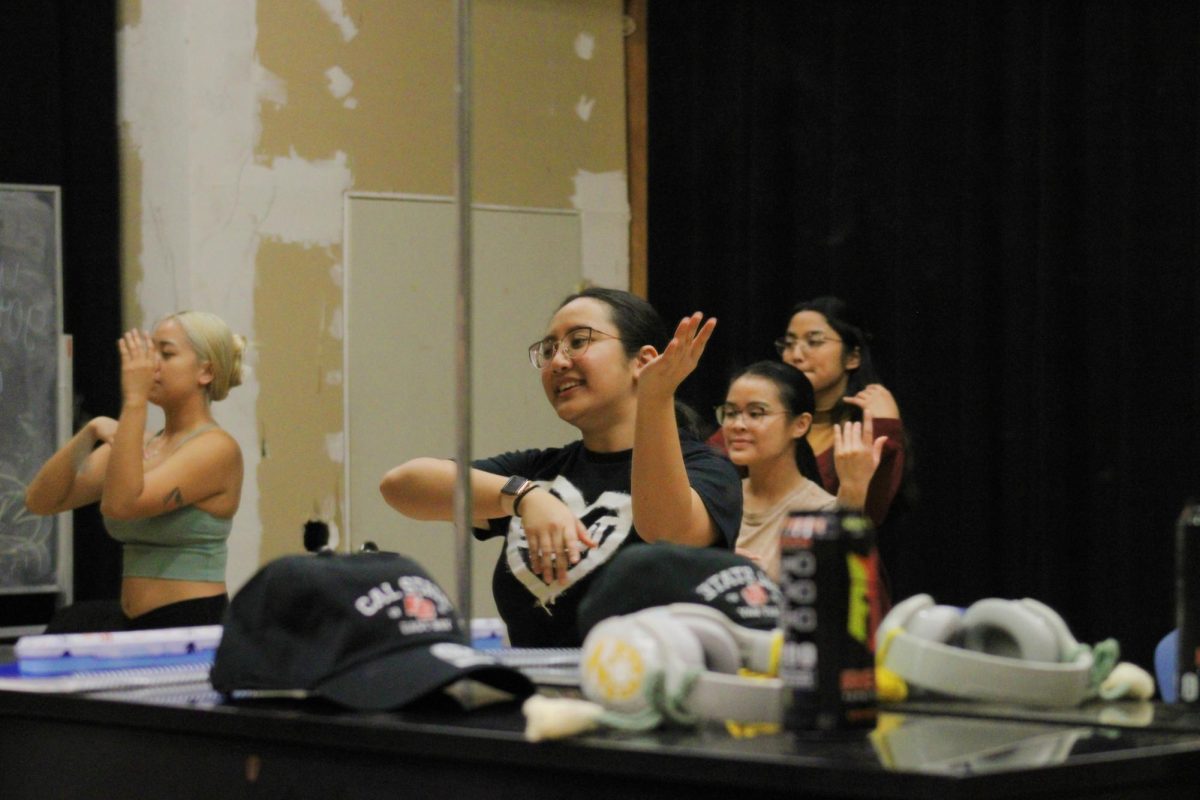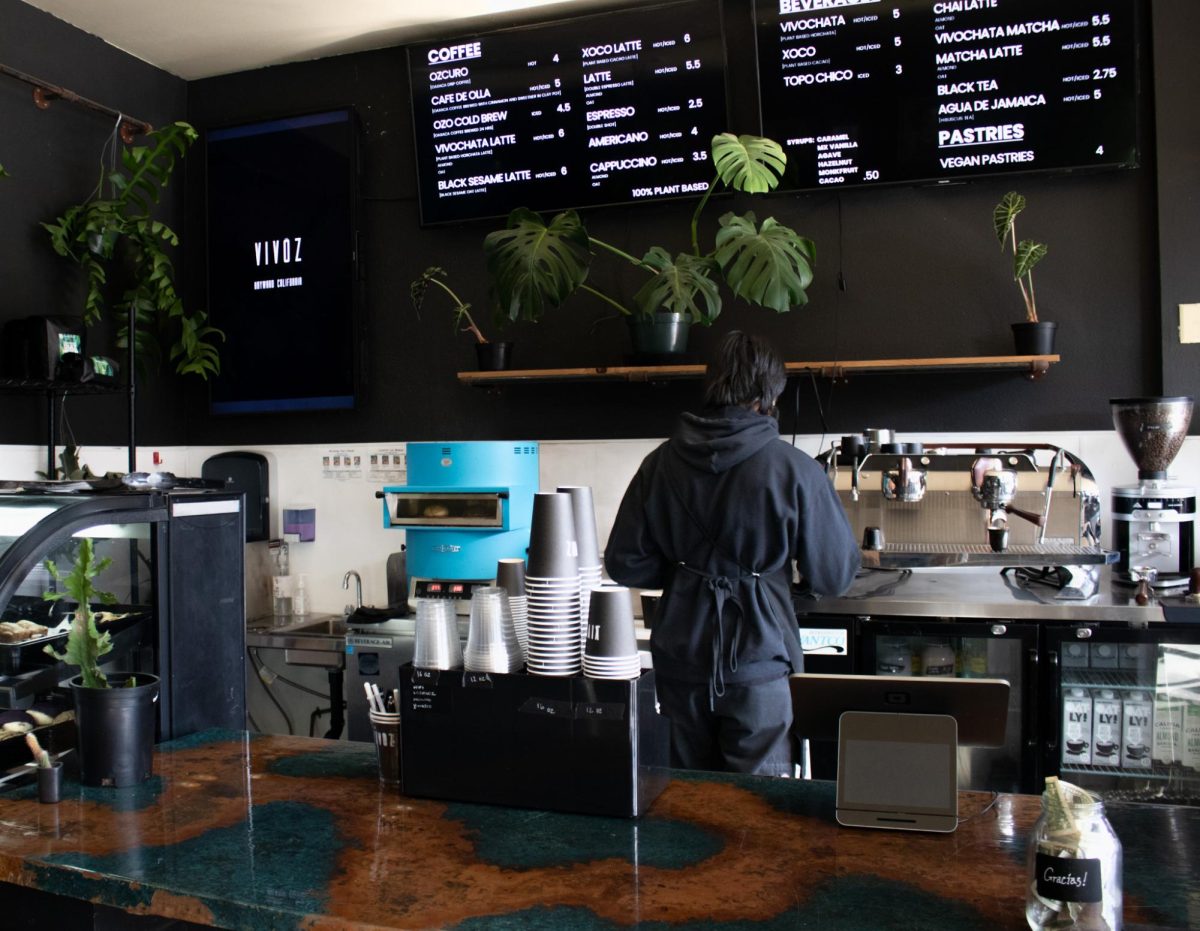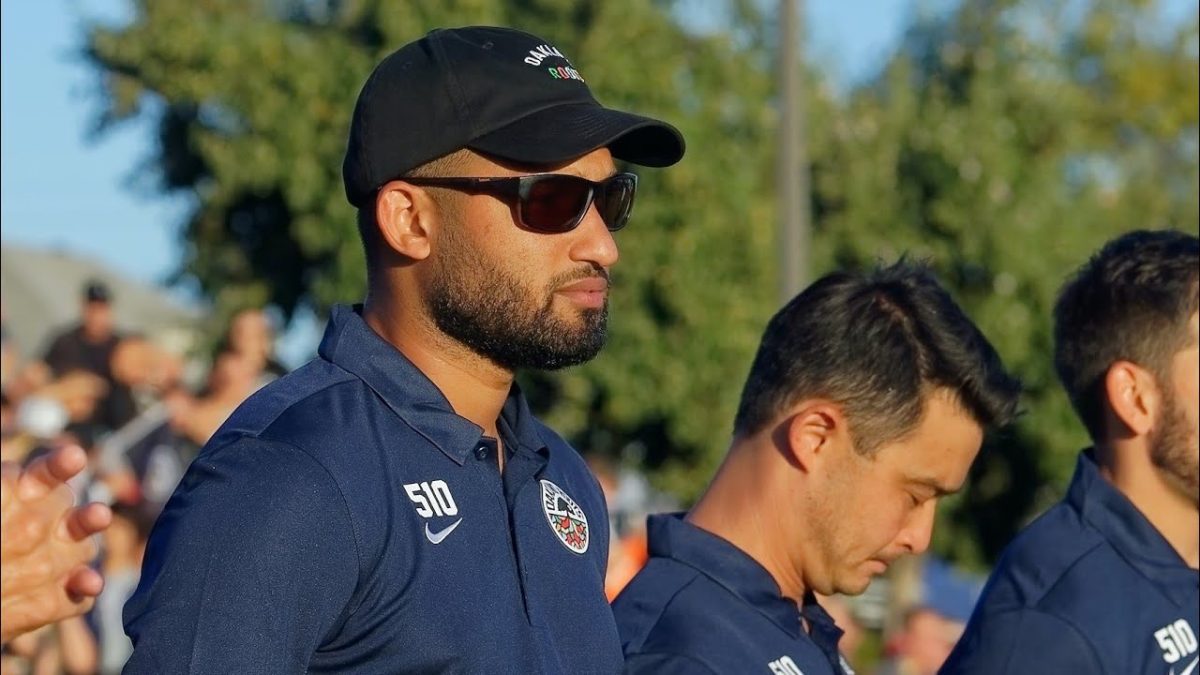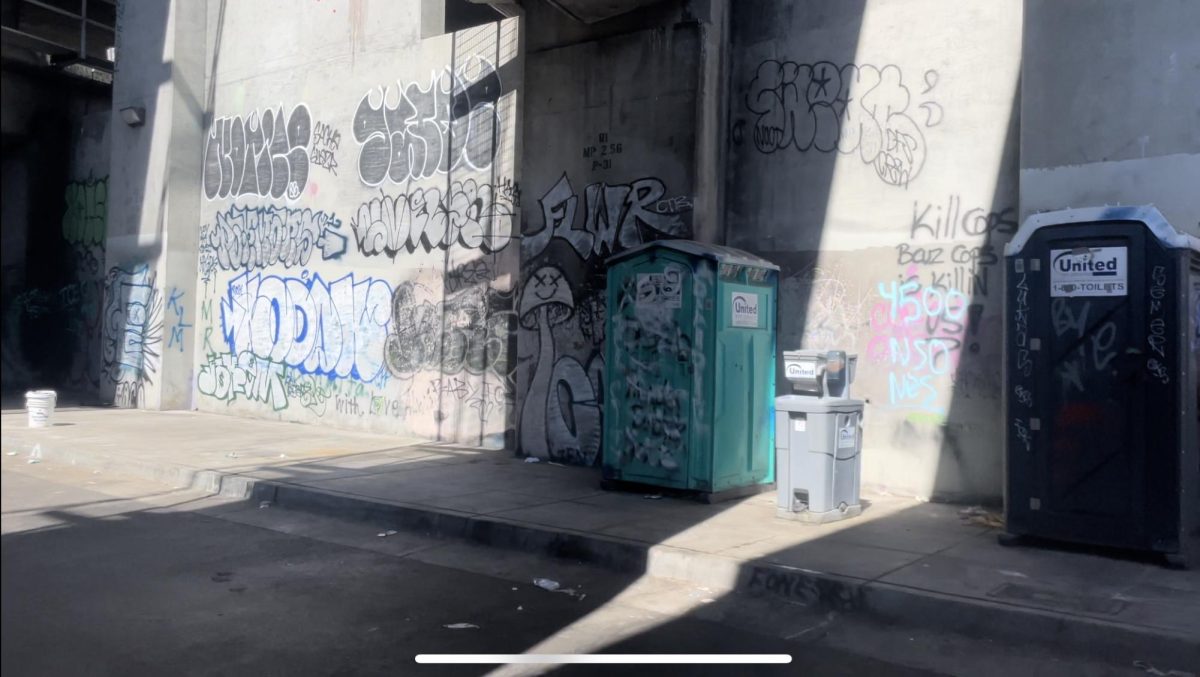CSU East Bay’s freshman Peer Mentoring Program, which has attracted over 200 students as of last quarter, is now looking to expand its services to all freshmen seminar sections and to transfer students.
The Peer Mentoring Program, which was introduced by the General Education Department in 2009, looks to provide freshmen students in CSUEB’s learning communities with a successful transition into the college atmosphere by providing them with one on one peer mentoring both in and outside of the classroom.
According to Sally Murphy, a professor in the General Education Department, the peer mentoring program was designed to make students participate with one another, and to guide them into the right direction. Murphy says peer mentors play many different roles on the CSUEB campus, including facilitating in-class discussions, organizing study groups, and meeting with freshmen individually, to discuss the different issues students may have had when transitioning to the four-year university.
“Freshmen struggle with a lot of issues, a lot of which they don’t want to discuss with their professors,” said Murphy. “So having a peer who’s there in class with you, having one on one meetings with you, running study groups, as well as test prep activities, actually makes our freshmen students more successful,” said Murphy.
Since the Peer Mentoring Program has become such a success on the CSUEB campus, Murphy has been praised and nominated by Sue Opp, convener of academic programs and graduate studies on the Academic Access Enhancement and Excellence (A2E2) Advisory Committee, for her outstanding work in facilitating student needs.
As the program continues to be a success on the CSUEB campus, it is currently collecting data to compare the sections of freshmen seminars with peer mentors, with those lacking peer mentors in order to justify student progress.
Although the Peer Mentoring Program has been around for the past four years, the General Education Department would like to expand upon it so that all freshman sections can be provided with the same opportunity. The problem was that because of the economy, at least 80 percent of students are in need of work, but the Peer Mentoring Program was not providing peer mentors with any reimbursements.
“With the number of hours they devote to being peer mentors, a lot of students just couldn’t afford to be a peer mentor when they wanted to because they needed to take whatever time they had to make money,” said Murphy. “It wasn’t until recently that the A2E2 committee, which is responsible for soliciting, reviewing and making recommendations to proposals, actually proposed that we start paying the peer mentors. So they get about $8 to $9 per hour to work as peer mentors now. This was done in order to service those students who could not serve as peer mentors due to economic issues.”
With the success of the freshmen Peer Mentoring Program, the General Education Department is now exploring a similar program for transfer students. Valerie Machacek, director of Peer Mentoring Services and Monse Rueda-Hernandez, one of the senior peer mentors, have started recruiting transfer students interested in the program.
To further understand the transfer support system, Rueda-Hernandez and Machacek visited UC Berkeley and UC Santa Cruz, the two schools with the most comprehensive transfer student support system in California. After receiving the necessary information, the General Education Department sent a mass e-mail to all transfer students on Dec. 22nd, asking whether they were interested in peer mentor services. There were over 200 responses saying students were highly interested.
“Graduate students even responded, saying they’d like to be peer mentors while they got their graduate degrees,” said Rueda-Hernandez.
Machacek and Rueda-Hernandez are now conducting a series of peer mentoring workshops for transfer students in order to more clearly identify the needs of transfer students coming into CSUEB.
“It’s more of a needs assessment,” said Machacek. “The workshops will helps us find out how we will want to go about this program, and how we will go about feeding the information back to other schools and other transfer students.”





